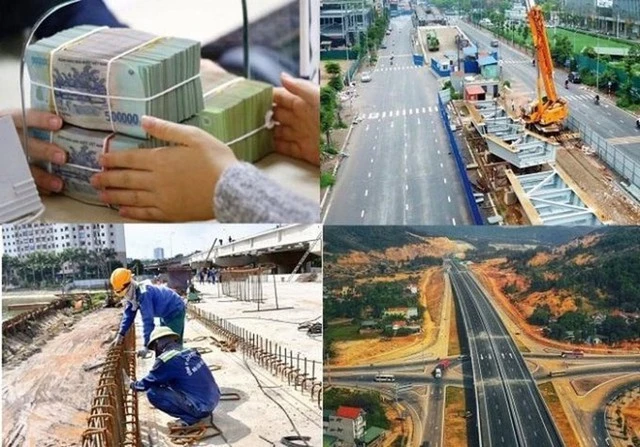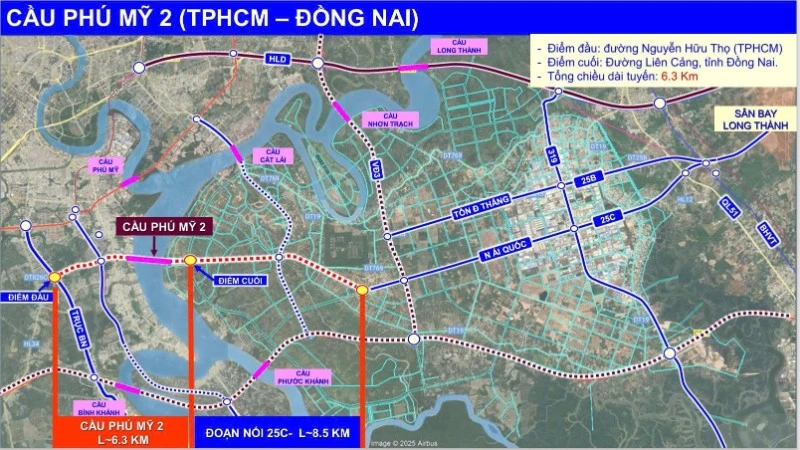In 2014, the ride-hailing company Grab began operating in Vietnam and was positively received by the public. However, the market soon witnessed major conflicts between Grab and traditional taxi firms, especially given this sharing economy model operated in a legal grey area during its early years, before the issuance of Decree 86 on the conditions for transport business operations. Policymakers’ slow and hesitant response in addressing this new economic model posed significant challenges to businesses during implementation. As a result, the market lacked effective regulatory oversight, leading to unfair and non-transparent competition among participants.
Shortcomings due to delayed sandbox implementation
Grab’s case is not an isolated one. Many other areas within the digital economy—where rapid technological changes abound—are presenting new policy challenges. These include fintech, digital entertainment, and online tourism, which are all developing rapidly. However, according to experts, passive and delayed responses remain the common pattern among policy-making bodies.
Grab is not a unique story. If we take a wider look at other areas of the digital economy, where technology is advancing at a fast pace, we can see that many new policy issues are arising. These include fintech, the digital entertainment industry, and online tourism, which are all growing rapidly. Yet experts say that passive and delayed responses remain the common pattern among policy-making bodies.
A sandbox allows businesses to experiment with technology-related ideas under conditions where regulatory frameworks have yet to be adapted to accommodate new business models.
Historically, this mechanism was first officially introduced by the United Kingdom’s Financial Conduct Authority (FCA) in June 2016 in the field of financial technology (Fintech). Initially aimed at driving innovation in financial services, sandbox frameworks are now widely applied in sectors such as healthcare, education, energy, and transportation-particularly in the context of emerging technologies under the Fourth Industrial Revolution. More than 50 countries and territories have already adopted sandbox mechanisms, mainly in the financial sector, and they continue to improve them further.
Vietnam’s tech sector is known for its agility and strong start-up spirit. It has quickly adapted to new technologies and has been calling on the Government to introduce business sandbox models. Although various economic and policy forums have repeatedly urged the early rollout of pilot schemes, no actual sandbox has been implemented.
In principle, the government strongly encourages the startup movement, the Fourth Industrial Revolution, the “Make in Vietnam” initiative, and the development of advanced technologies. Macroeconomic proposals continue to be drafted and researched. Nevertheless, the absence of concrete legal frameworks for operational businesses persists—even for experimental mechanisms like sandboxes, which have been mentioned but have not moved beyond the discussion stage.
The Vietnamese tech community is highly responsive, entrepreneurial, and quick to adopt new technologies. Many have expressed a strong desire for the government to introduce sandbox models tailored to local enterprises. However, despite consistent calls at economic and policy forums for the launch of such pilot schemes, no sandbox has yet been put into practice in Vietnam.
After nearly two decades of global adoption and with five out of the six ASEAN countries (Singapore, Indonesia, Malaysia, the Philippines, Thailand, and Vietnam) having already adopted sandbox models, Vietnam continues to lag.
According to Nguyen Quang Dong, Director of the Institute for Policy Studies and Media Development, the lack of a sandbox mechanism not only undermines the overall business environment in Vietnam and causes difficulties for law-abiding businesses, but also negatively impacts consumers. Take P2P lending, for instance, applications are mushrooming, fraudulent activities are rampant, and in the end, it’s the consumers who suffer the consequences.”
 |
| A tourism company instructing customers on how to use a digital service app. (Photo: HAI NAM) |
Nguyen Minh Thao, Head of the Business Environment and Competitiveness Research Department at the Central Institute for Economic Management, adds that in the digital economy era, the ability to implement and execute an idea, rather than merely having one, is the most decisive factor in a business’s success. Yet, Vietnam’s legal framework completion remains stagnant. Practical legal issues for ride-hailing services, short-term rental platforms (like Airbnb and TripAdvisor), online video-on-demand (VOD) platforms, and fintech services all remain unresolved and stuck in waiting mode.”
She further explains: “As a result, businesses are forced to operate under lingering risks and are unable to realise their full potential. The policy delays will inevitably cause Vietnam to fall behind in the digital economy—not only compared to Singapore or the Republic of Korea, but also to Malaysia, Indonesia, and the Philippines.”
Open-minded thinking for emerging technologies
Affirming the role and contributions of digital technologies and businesses in the digital sector, at the 7th session of the Standing Committee of the 15th National Assembly (NA), specialised deputies saw active discussion around the draft Law on the Digital Technology Industry. One of the key areas of interest among lawmakers was the proposal for a controlled testing mechanism, addressed in Articles 42 to 45.
NA Deputy Tran Van Khai from Ha Nam Province analysed that Resolution 57 calls for a shift in management mindset, paving the way for new technologies through sandboxes. The draft law has made a significant step forward by including a sandbox mechanism in Chapter 5. However, Article 42 outlines a scope that is still too narrow, overlooking several sectors or subjects of innovation. Moreover, Article 12 lists several broadly worded prohibited acts and introduces additional business conditions. Such an overly cautious regulatory approach could hinder innovation and discourage businesses from testing new technologies in Vietnam.
Khai also recommended broadening the scope of the sandbox to include all new digital technology products and services not yet covered by existing legislation, simplifying approval procedures, and removing unnecessary prohibitions or conditions. At the same time, he suggested empowering the Government to temporarily authorise trials of new technologies and business models.
Based on the feedback and recommendations received, the Draft Law on the Digital Technology Industry will continue to be refined for submission to the NA at the upcoming 9th session. With its new sandbox provisions, the draft law, once adopted is expected to generate breakthroughs in Vietnam’s digital technology and economy sectors.
In its written comments on the draft law, the Vietnam Chamber of Commerce and Industry (VCCI) noted that, in reality, many businesses continue to operate by “patching together” outdated regulations and urgently need sandbox mechanisms to legitimise their business models. As such, criteria such as “having innovative features” may exclude existing business models on the market that currently lack regulatory frameworks. Similarly, the requirement for “low risk” does not accurately reflect the nature of trial models.
VCCI also pointed out that one major bottleneck in the current draft is that the sandbox is designed for individual models and businesses, without a general coordination mechanism. In the context of limited regulatory resources, deciding which businesses get trial approval first could easily lead to conflicts of interest.
“A sandbox can become a source of competitive advantage. If a company is permitted for trial ahead of others, it may dominate the market before competitors,” VCCI warned. This could not only risk monopoly formation but also undermine fairness in the business environment.
















